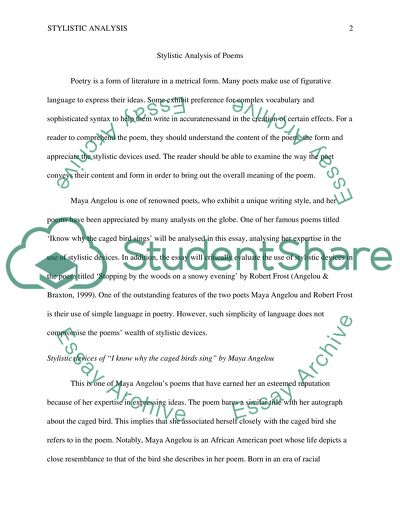Cite this document
(“Stylistic analysis of poems Essay Example | Topics and Well Written Essays - 2500 words”, n.d.)
Retrieved de https://studentshare.org/literature/1637918-stylistic-analysis-of-poems
Retrieved de https://studentshare.org/literature/1637918-stylistic-analysis-of-poems
(Stylistic Analysis of Poems Essay Example | Topics and Well Written Essays - 2500 Words)
https://studentshare.org/literature/1637918-stylistic-analysis-of-poems.
https://studentshare.org/literature/1637918-stylistic-analysis-of-poems.
“Stylistic Analysis of Poems Essay Example | Topics and Well Written Essays - 2500 Words”, n.d. https://studentshare.org/literature/1637918-stylistic-analysis-of-poems.


